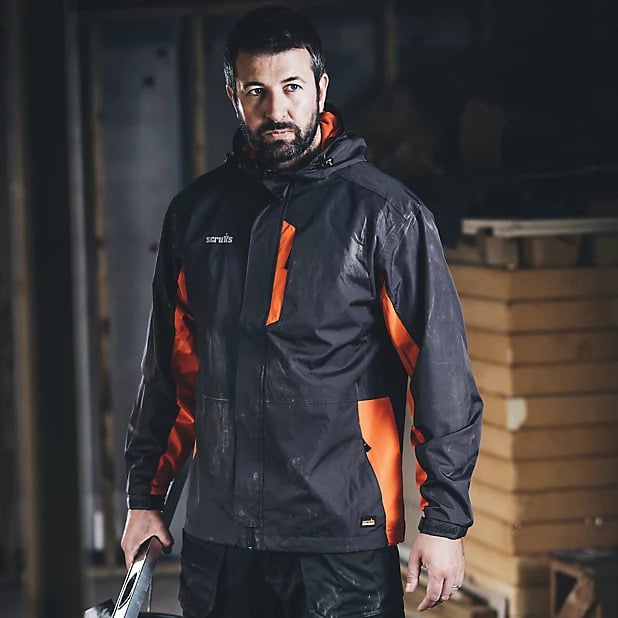
What Is the Ideal Workwear?
Work clothes should correspond to the nature of the work, be comfortable, practical, modest, breathe well, correspond to the season and air temperature. Studies have shown that during work the most favorable temperature between the body and clothing is 28-30 ° C. If the temperature is higher or lower than the specified, then the human performance decreases.
What kind of workwear to choose? What is the best and most durable? Today we will try to tell you what to look for when deciding on this type of clothing. Keep reading.
Why do you need special work clothes?
Protective clothing and work clothing are two completely different concepts and refer to different types of garments. Work clothes are primarily designed to protect against dirt. They are most often used in place of your own clothing. You also don’t need a special certificate to wear it. The look of this outfit can be tailored to the style of the company that orders it.
The issue of protective clothing looks different since its main task is to ensure the safety of the worker. For this reason, special certification is required to eliminate the hazards associated with this equipment. Protective clothing must not be dirt-resistant but must protect against harmful substances.
For example, for those working in the wind, clothing should be made of dense material such as impregnated fabric. At medium to slightly elevated temperatures and during work that causes increased sweating, it is better to wear cotton knitted underwear and the same or knitted sweater. Knitted clothing allows sweat to evaporate better and at the same time maintains the temperature as much as possible. When working in the hot sun, it is best to use light, sparse and smooth linen, or cotton fabrics.
The appropriateness of work clothing is also determined by its cut. As a rule, work clothes should be loose and free of movement. Shoes should also be comfortable and loose.

How to choose the proper workwear?
A workwear shop is the best place to shop for this kind of clothing. Clothing must be selected according to the criteria that it must meet in order to be worn by the person in the position.
There are three main types of workwear: cotton, mixed cotton, and cotton from other fabrics. It is impossible to clearly state which type is the best, as each type can be different.
Cotton clothing is lightweight and will work well in summer or indoors where it is very warm. Cotton garments with impurities are more durable and slightly thicker. It is often also waterproof, and dirt can be easily removed.
In terms of workwear, there is a wide range of clothing: blouses, vests, shirts, T-shirts, trousers, shorts, semi-overalls, as well as shoes or accessories in the form of glasses, helmets, baseball caps, etc.
For different types of work, special types of work clothes have been developed, which are coordinated with safety measures and hygiene requirements. For example, a worker who moves between machines and mechanisms, in order to avoid an accident, should wear clothes made of heavily falling material that does not have fluttering details (ends of a scarf, belt ties, as well as wide-cut sleeves and skirts, etc.). In foundries and other similar industries, where it is hot and sparks of hot metal fly, the worker wears overalls made of asbestos or leather. It is more advisable for workers who come into contact with harmful secretions to wear woolen and semi-woolen rough fabrics that absorb the gas.

In work clothes, the effect of color on the psychology of the worker should not be underestimated. In rooms where there are many people or noisy, and especially where concentration is necessary, work clothes should be as calm as possible and at the same time, the colors should not be dark, oppressive, and gloomy.
To find the varieties of workwear visit the B&Q website.
WANT TO RECEIVE PERSONAL, STYLISH SUGGESTIONS TO YOUR EMAIL?
FILL OUT THE FOLLOWING FORM: